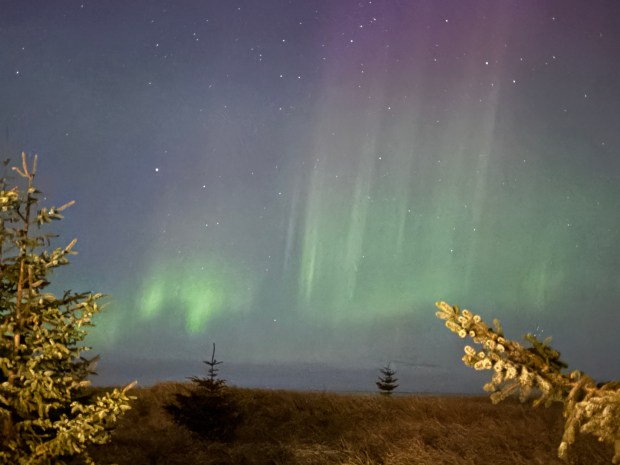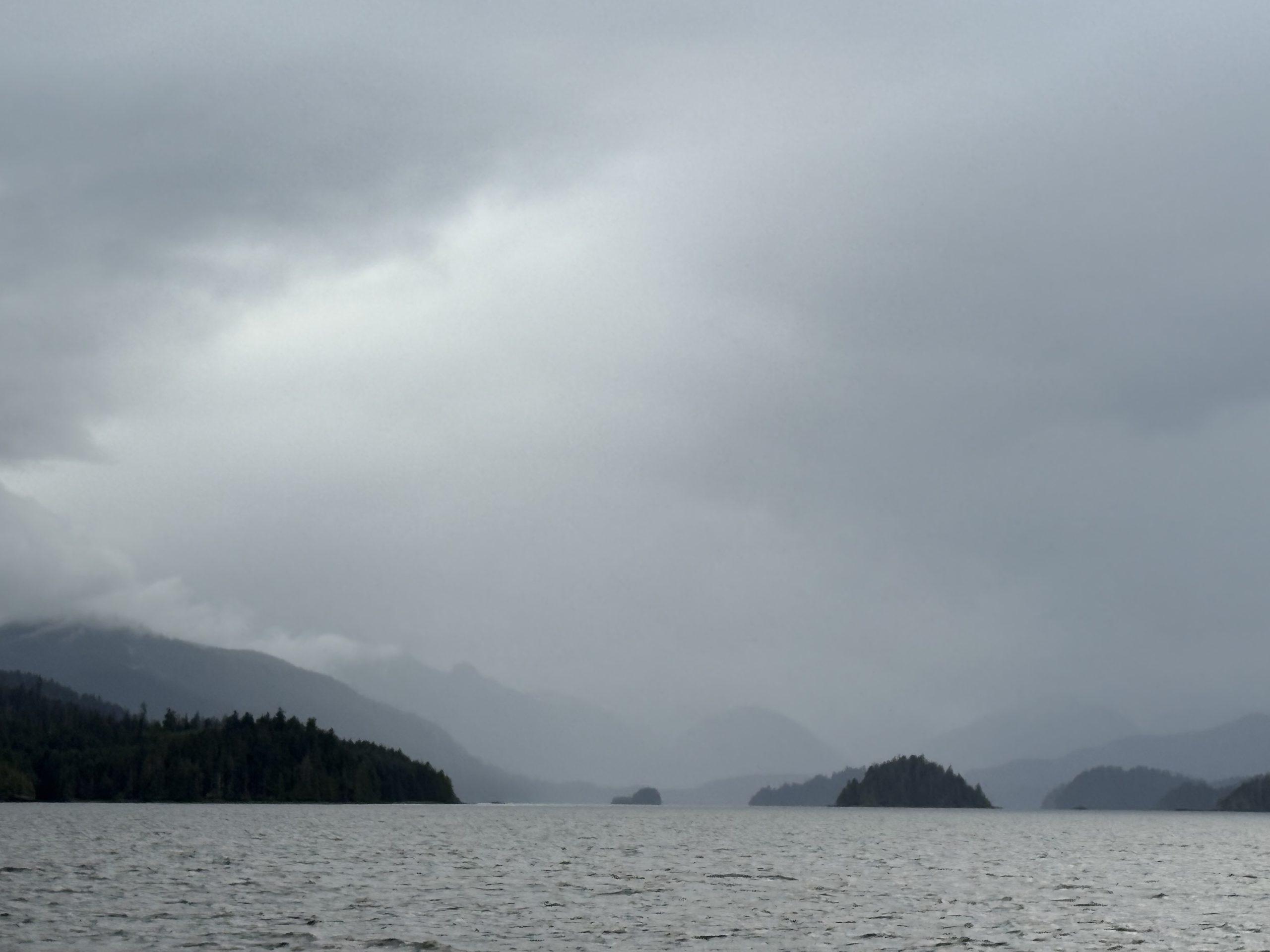I’m returning to Bowen Island after a week in Ottawa working and visiting friends and the old haunts we occupied back in 91-94 when we lived there. Some things are the same, like The Manx pub which opened the same week we arrived right at the end of our block. Or good old Octopus Books, now in the Glebe where I bought Leanne Betasamosake Simpson’s latest book The Theory of Water. Of course much in Ottawa has changed since the early 90s, and it is fun to find new places like The Rowan where, among other things, we ate a plate of salt-roasted carrots that had been grilled. It was one of the finest things I have ever tasted.
Being back in Ottawa also brought me to a state of mind that was a little bit slower. We lived there long before smart phones and social media had been invented. I spent many days in Ottawa writing poems, reading journals and lingering over words. I served a short stint as an associate editor of ARC magazine, so I always associate Ottawa with its literary scene.
During this trip, I travelled with the latest issue of Poetry and a couple of poems stand out.
Try. Elegy at Middle River by Courtney Kampa which threw me to the ground.
Or how about this one from Rigoberto Gonzales called The Luna Moth Has No Mouth which is both astonishing and true.
Gonzales, by the way, won the Ruth Lilly Poetry prize and in his reflections on his craft published in the October edition of Poetry, he remembers a line he wrote years ago which someone quoted on Twitter: “what is a kiss? The sound loneliness makes when it dies.” That is some lovely.
Share:
Christina Baldwin, in a lovely post remembering her father’s death:
We often pray to our ancestors and call upon the angelic/invisible realms for help. We attune ourselves, like this favorite quote from Willa Cather (in Death Comes for the Archbishop): “Miracles seem to rest not so much upon healing power coming near us from afar, but on our perceptions being made finer so that our eyes can see and our ears can hear what is there around us always.” We look for signals, for morphed presence. A bee that hovers, a raven that follows us, a light but discernible hand on the shoulder, a voice that calls out warning or blessing.
Thirty years ago tomorrow, Back in 1995, Quebecers nearly voted to leave Canada. Paul Wells was at the Montreal Gazette during those days and wrote a great piece for The Walrus about his experience covering the campaign.
This week I’m in Calgary where Albertans are facing two Constitutional issues. Yesterday the provincial government used the notwithstanding clause of the Canadian Constitution to end a legal teacher’s strike and unilaterally impose a contract settlement on teachers in the Province. This clause, which is a weird piece of Canadian law, allows governments to temporarily suspend some Constitutionally protected Charter rights for a fixed period of time. It has been used recently for populist causes, to suspend the rights of children in Saskatchewan, to order education support workers off the picket lines in Ontario, to ban the wearing of religious symbols in public by Quebec public servants and, yesterday, to end a teacher’s strike in Alberta teachers. Ironically, it is often the supporters of these governments that advocate for the sanctity of the Charter of Rights.
The other Constitutional issue Alberta is facing is a problem of the Premier, Danielle Smiths’s own making. Populists are fond of courting outrage and a nascent spark of a separatist movement has been fanned into a smouldering pile of angry incoherence by the Premier and her government as she tries to hold on to folks at the far right of her base. In a very clever effort to upend this movement, Thomas Lukaszuk, tabled a petition request to create a “Forever Canada” referendum and he secured hundreds of thousands more signatures than the referendum law required. By law, that referendum would have to be held first, before any separatist referendum takes place. Strange things happen in Alberta above the waterline, but deep down folks are both focused on making their communities and province better and also a lot more thoughtful about how to do so. The outrageous soundbites we hear from political leaders are just not what everyone is always talking about. Those signals are important to heed.
Share:
I’m on my way to Ontario for ten days or so. Jumping on a redeye, because I had a job to do today. Tomorrow morning early I will land in Toronto and my brother and neice will pick me up and we will travel to the Beaver Valley where we will interr my father’s ashes and finally lay him to rest. And then we will celebrate Thanksgiving together and watch the Leafs game (and probably some Blue Jays games) and marvel at the beauty of the Beaver Valley in all of its autumn glory.
And then, later in the week I’ll head out to eastern Ontario and find my way to my friends Troy Maracle and Cedric Jamet and Jennifer Williams and we’ll set up our meeting spaces at the Queens University Biological Station on Lake Opinicon, where the skies are dark enough to see comets and the lake is like glass and your breath hangs on the still morning air as winter drops hints of frost all around.
Our Canadian National Men’s Team played a friendly today against Australia. I caught bits and pieces of it as I was getting myself to the airport. Seems it was a performance that feel short in many ways and despite having enough chances to win 5-1, Canada couldn’t solve the Australian block and we lost 0-1. I figure that many teams might play like this at the upcoming World Cup. With 48 teams in the mix, we will have to get used to playing teams that will try to keep their 0-0 draw intact. Australia had 1 shot on target, a goal. We had 8. Another friendly awaits on Tuesday against Colombia.
One highlight tonight was the 18th appearance of former TSS Rover Joel Waterman who played 8 games for our plucky little team in 2017, our first season in existence. Joel apparently had his best game yet in a Canada shirt, according to smarter people than me who were able to actually watch it. He won his duels, got a tackle in and helped keep a clean sheet for 71 minutes. Since he was trade to Chicago where he scored the goal that got them into the playoffs, it seems like he’s been much happier. Montreal was a dumpster fire.
Share:

Last night.

This morning.
Share:

Crossing Skidegate Inlet, yesterday
We are working in Haida Gwaii this week. At the Haida House Lodge at Tllaal on the east side of Graham Island, there is a dictionary of Haida words collected from Skidegate dialect speakers over the years. Last night I sat on the covered porch while the rain came down off the Hecate Strait and a southeasterly lashed the side of our cabin. This morning I had a look in the dictionary and there are dozens of words and expressions for rain. My blog doesn’t have the ability to write Haida orthography, so I’ll share some of the translations:
- Fine rain
- Fine rain coming down
- It is raining so hard the water gets calm
- One drop of rain less
- Misty
- It is raining small drops; crying on the way
- Sprinkling rain
- Heavy or big rain that hits the water and bounces up
- Rain that calms the sea
- Rain drops here and there
- Rains too much and everything is damp
- Starting to rain
- Starting to rain hard
- Rain that cleans
- Rain that is hard and noisy
- Rain that is easing off.
- Rain shower that goes by
- Rain squall coming that darkens the sky
- It is raining so hard the droplets are sticking together
- Snow turning to rain
- The clouds keep rubbing
- The rain that is pouring straight down

